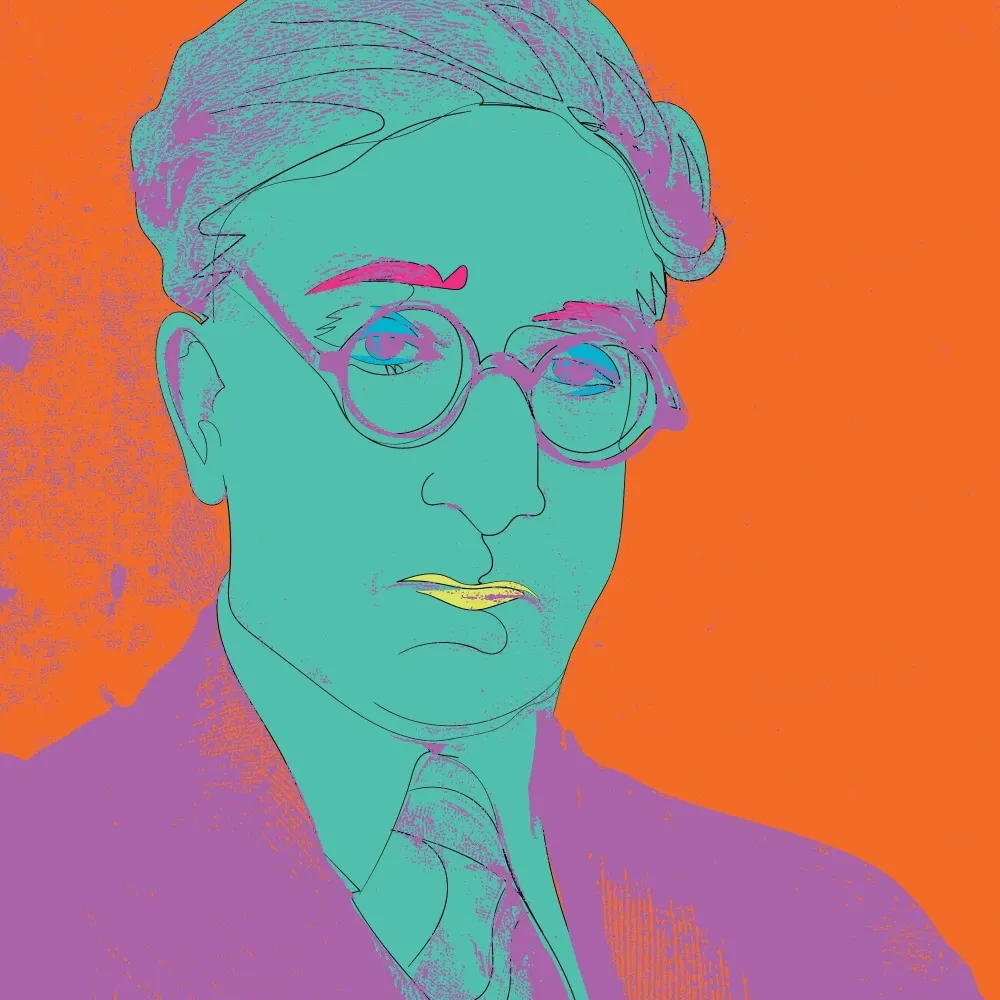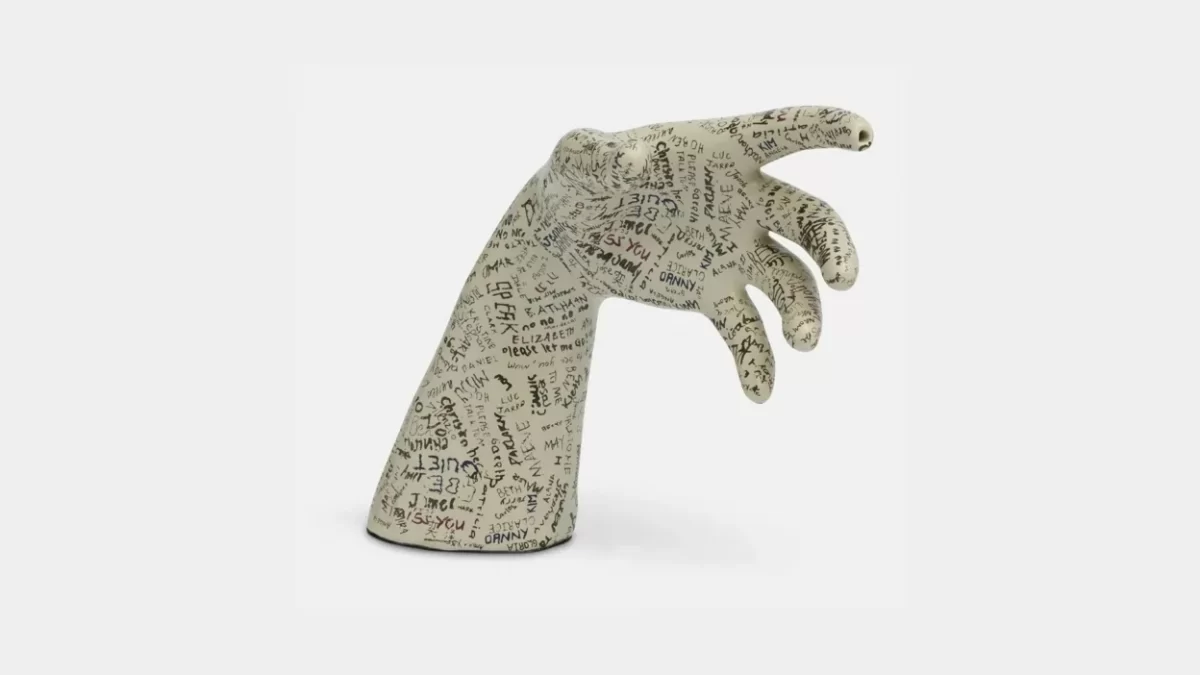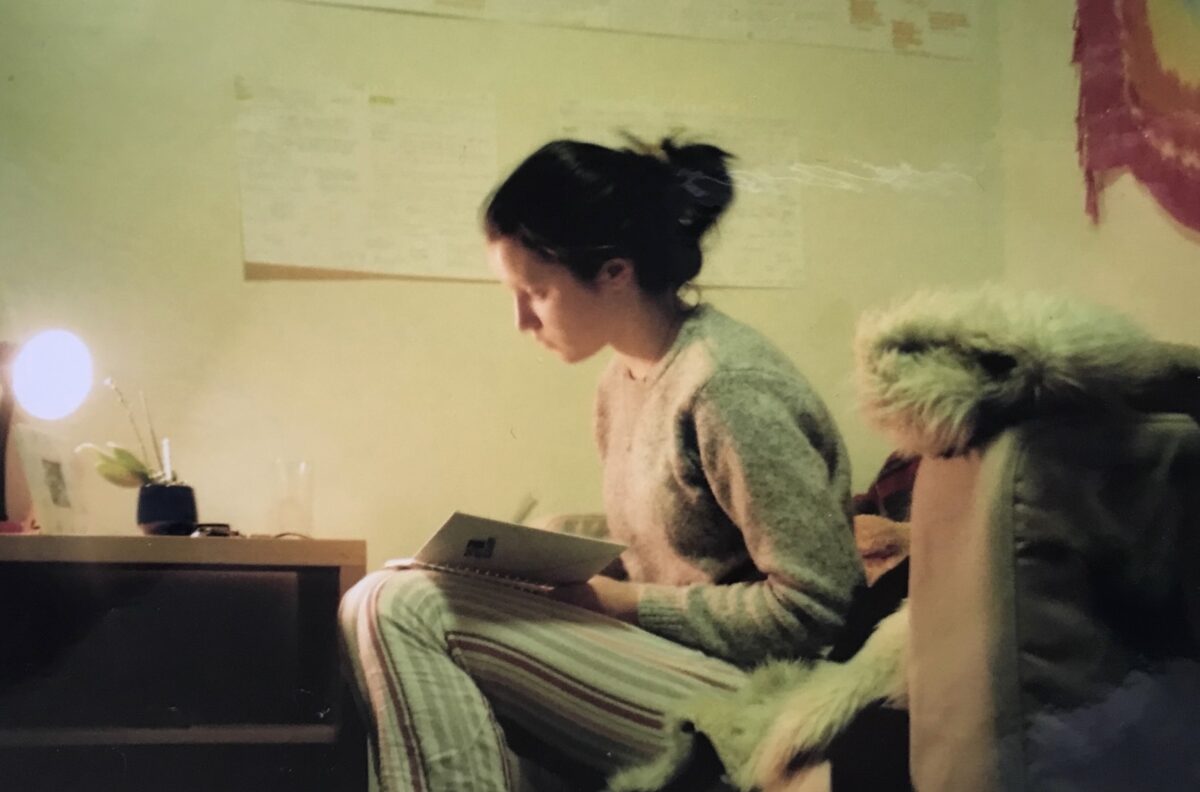By Cosmo Adair.
There is a building somewhere in Alexandria. Once, in 1919, an ageing, if elderly man — the poet, C.P. Cavafy — stood in one of its rooms. Beneath the signature circular-framed, tortoise-shell glasses, his eyes saw not what was there but what had once been there. “This room, how well I know it,” he thinks to himself. It may be an office, now, on the occasion of his visit, but it remains familiar. “Here, near the door, was the couch … On the right — no, opposite — a wardrobe with a mirror. / In the middle the table where he wrote.” The reader follows Cavafy’s wandering mind as it reconstructs the room according to a preliminary mental sketch made so many years ago, as if, even then, he expected to one day return.
He writes on; the pared directness of his lyricism reads almost like disinterest. “Beside the window was the bed / where we made love so many times.” Here is the room’s relevance: in his youth, one of his lovers lived here. But the poem’s reserved tone, quickly, begins to hurt:
“Beside the window was the bed;
the afternoon sun fell across half of it.
… One afternoon at four ‘o’ clock we separated
for a week only … And then —
that week became forever.”
There is so much contained in that one brief detail of the afternoon sun — the open blinds and the long summer; the laziness of love, tumbling about in bed through the afternoon; and, poignantly, a sense that love, like the afternoon itself, will dissipate and fade into night. The ellipsis shows a little shudder pass through him as “that week became forever.” Here, then, despite the sparsity and the directness of the poem, is not only the history of an affair, but of a person: bundled into it, you see between the lines, beneath the words, the shrill and deafening conditionals of life.
“The Afternoon Sun” makes for a nice introduction to a certain area of Cavafy’s poetic imagination – that which is written by a man whom André Aciman called “someone who was … already awaiting nostalgia and therefore fending it off by rehearsing it all the time.” A poet whose canon includes such poems as “Days of 1896”, “Days of 1901”, “Days of 1903”, “Days of 1908”, and “Days of 1909, ‘and 10, and ‘11”, could not be anything but nostalgic. But his nostalgia is unusual. He seems to embody a mood of almost ‘present nostalgia’; it is as if, in the very moment of experience, he imagines the nostalgia with which he will look back on it. He sees the beauty of the moment and he knows that this beauty must die. Thus, in the moment, he detaches himself in observation and remembers what is around him and how he is feeling. He saves up memories in a sort of mental pension-fund. By detaching himself from the present, he both glorifies and extends it.
“Their Beginning” discusses this process. At first, you expect the ‘beginning’ in question to be that of a relationship. But instead, it’s the ‘beginning’ of the idea of the poem itself. He opens by stating that “Their illicit pleasure has been fulfilled.” The lovers leave the house “separately, furtively” and the poet wonders if their shiftiness will betray them to onlookers. He then writes of how one day he will look back on this moment as the beginning of both a memory and a poem:
“But what profit for the life of the artist:
tomorrow, the day after, or years later, he’ll give voice
to the strong lines that had their beginning there.”
The moment itself was brief. Their sex appears to have been sordid and rushed. The ‘beginning’ is, instead, of a memory and a poem which he can keep. It is as if he wanders the streets of Alexandria like a butterfly-catcher, his net ever ready to capture a moment or an experience which he might gift to his memory. So, even though beauty dies and passion fades and each of these passings might contain a sort of grief, he realises that we should still treasure them. Most thoughts, feelings, and experiences enrich us and have taught us something. Therefore, they deserve to be remembered.
The idea that you should not only treasure the passing moment or feeling, but that you should respect it and say a courageous “Goodbye” to it as it passes, is the central notion of his finest poem, “The God abandons Antony.” It concerns loss in a broad sense. In Plutarch’s Lives, he describes how the patron god of Mark Antony, Bacchus, abandons Antony to the sound of flutes. It signals the end of Antony’s Alexandrian revels and the reversal of his fortunes. Soon, Caesar will defeat him. Cavafy’s poem addresses an imagined Antony, advising him to stand, courageously, at the window and to drink in the sound of the ‘exquisite music’ of his past joys departing. He should accept the reality of their departure with a Cavafian resignation, since it is futile to mourn that which cannot be prevented. Cavafy writes,
“As one long prepared, and graced with courage,
as is right for you who proved worthy of this kind of city,
go firmly to the window
and listen with deep emotion, but not
with the whining, the pleas of the coward;
to the exquisite music of that strange procession,
and say goodbye to her, to the Alexandria you are losing.”
To me, at least, these are words it seems careless to paraphrase. There is little, I think, I can say or explain which the poet has not done better. But there is something quite startling in the dignified way in which he urges Antony to accept and enjoy the passing of his delights.
In these few poems, it seems to me that a strategy for life seems to tease itself out; one so removed from the YOLO-kind-of-Paterian approach of “experience without examination.” Instead, there can be something beautiful and rewarding in detaching oneself, ever so slightly, and thinking how will I remember this? What will this mean to me? How will I write this? Then each passion, once cold, and each room, no longer visited, will outlast its given hour — and, in the case of Cavafy, will no doubt last an eternity.







